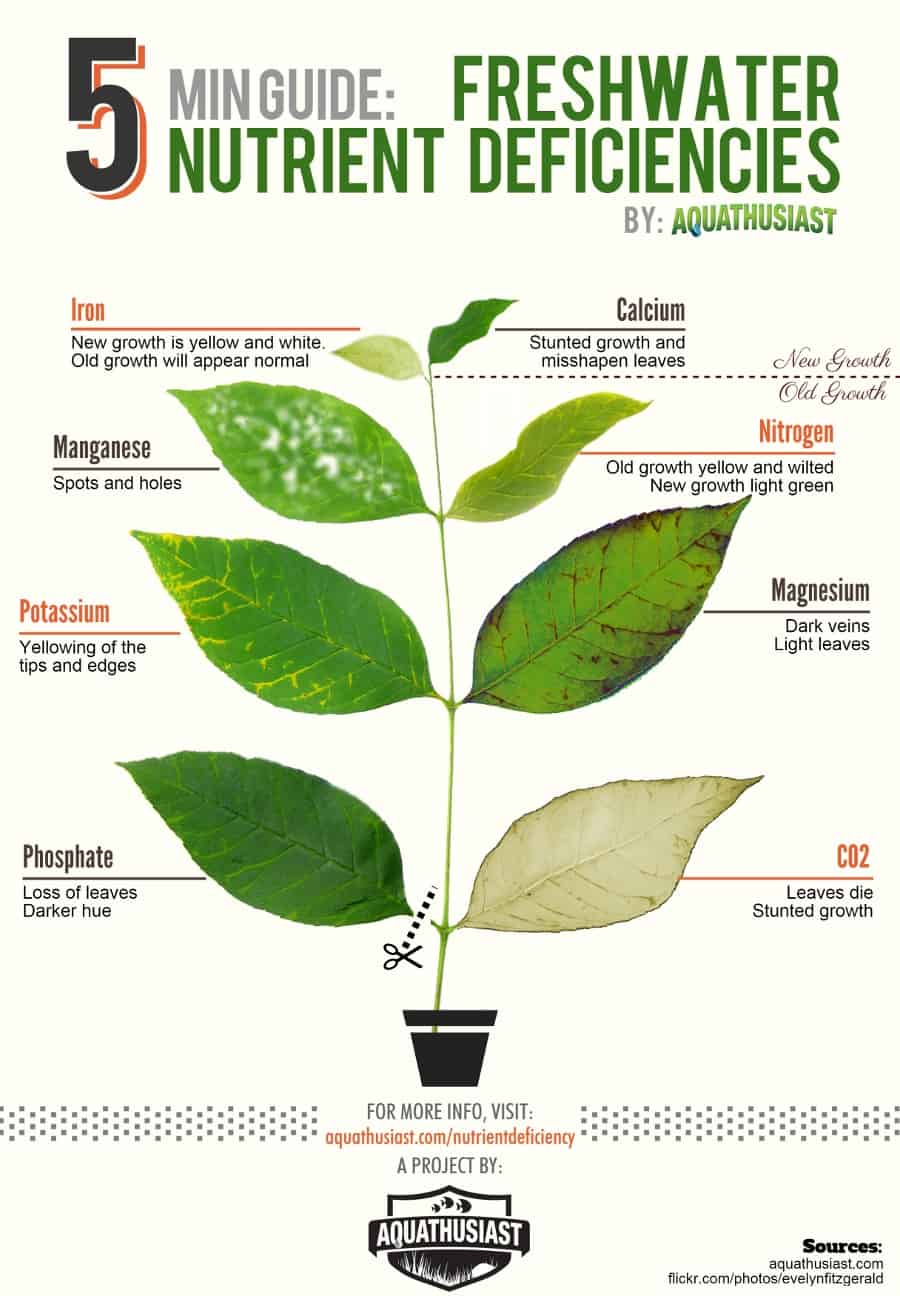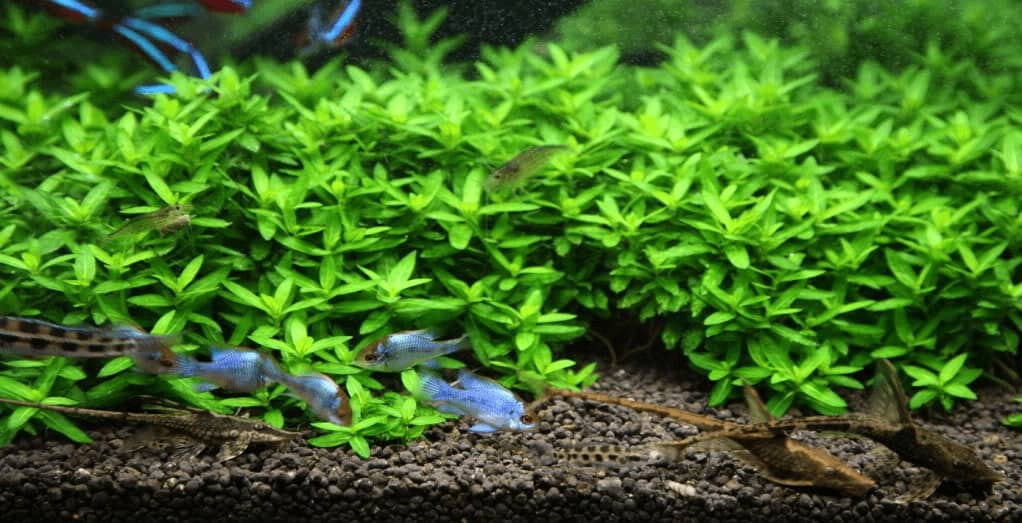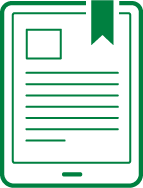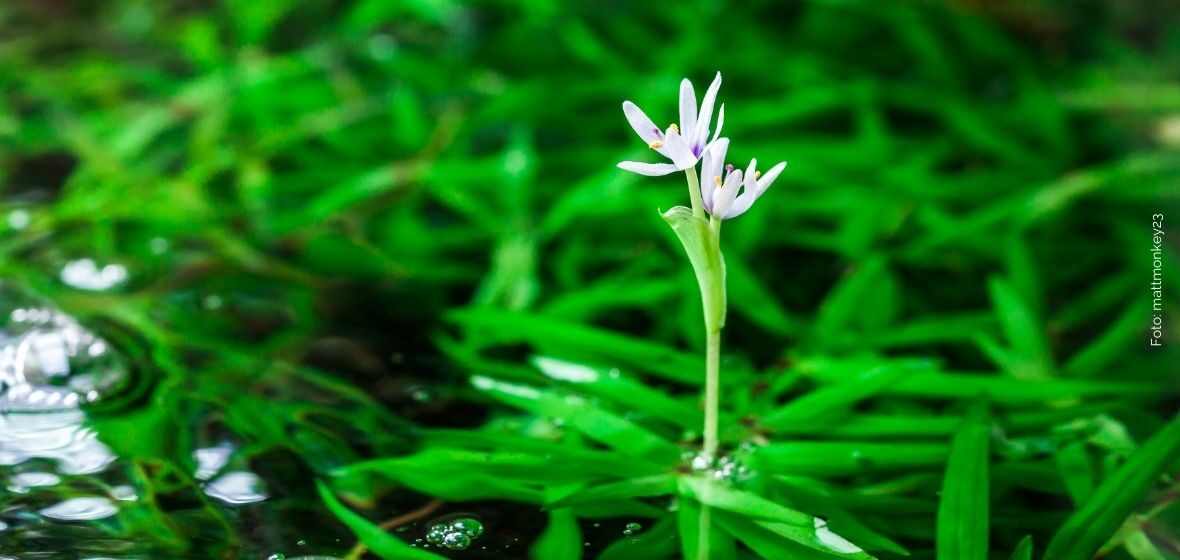You just got yourself an awesome aquarium and set it up exactly how YOU like it. Packed it with plants, some rocks, wood… looking great. But now you’re wondering: “Are my plants getting the right nutrients? Which aquarium plant fertilizer should I add and how much of it?”
Sounds familiar? Well, you’re definitely not the only one. That’s exactly why I wrote this article — to give you a helping hand 😉
Why aquarium plant food matters: Liebig’s Law
Liebig’s Law… sounds kinda heavy, right? No worries, it’s really not that bad. I’ll break it down quickly. Liebig’s Law is also known as the Law of the Minimum. Why? Because plant growth isn’t determined by how much total nutrients are available, but by the one nutrient that’s in shortest supply.
Liebig’s Law is often shown as a barrel with uneven staves.

If you fill that barrel with water, it’s the shortest stave that decides how much water it can actually hold. Doesn’t matter how much water you keep pouring in — one short stave is enough to mess things up. Same goes for your aquarium fertilizer.
If your dosing isn’t balanced because you’re not adding enough of a certain nutrient, your aquarium plants will stop growing. So even if you’ve got plenty of nitrate in the tank, if there’s a shortage of iron, plant growth will stall. That small iron deficiency can’t be fixed by dumping in more nitrate.
So yeah, it definitely helps to know what you’re doing when it comes to aquarium plant fertilizers, because the right nutrients will shape how your tank looks over time. PS: don’t forget to check out my aquarium plant fertilizer guide! I’ve packed it with common questions and my answers.
Aquarium plant food deficiencies? These are the symptoms per nutrient
Lack of aquarium fertilizer can be a disaster for your plants. If things go wrong, your beautiful plants stop growing, or worse… they rot away. Total waste of money, time, and of course, the plants themselves.

To help you out, I made a quick list of signs to watch out for if you want to catch nutrient issues early and fix them fast. Here are 3 things to keep an eye on:
- Your plants just aren’t growing
- New leaves or cuttings die off or turn yellow
- Leaves are misshapen, discolored, or turning see-through
These are a few of the most common signs that you might not be using enough aquarium fertilizer for plants. I’ve listed more symptoms in this article, give it a read! 🙂
What levels (in mg/l) should you aim for with aquarium plant fertilizer?
Stick to what’s called the “Estimative Index.” Say what?
The idea behind the Estimative Index is simple: always add a slight surplus of nutrients for your aquarium plants to avoid any deficiencies. That way, your plants can keep growing happily without hitting roadblocks. But of course, the big question is: how do you actually do that?

Depending on how many plants and how much light you’ve got, you can dose aquarium plant fertilizer weekly, several times a week, or daily. Just go with what works best for you. Here’s roughly what you should aim for with each nutrient:
- Potassium: 10 to 30 mg/l
- Nitrate: 10 to 30 mg/l
- Iron & trace elements: 0.5 to 2 mg/l
- Phosphate: 1 to 3 mg/l
My aquarium plant fertilizer All-in-One lands somewhere in the middle of those values (15 mg/l nitrate, 1.5 mg/l phosphate…) and I dose it weekly. Works like a charm. Prefer dosing things separately, so that you can target phosphate, nitrate, and other nutrients more precisely? You can use liquid aquarium plant fertilizers for that — or try my Estimative Index Kit to mix your own “stock solutions” using a handy recipe I include.
Conclusion
Along with your aquarium lighting and the right CO2 levels, the right dose of aquarium fertilizer is key to keeping your aquarium plants healthy and thriving. Good aquarium plant food = healthy, fast-growing plants = a better-looking tank. And that’s what we all want, right? 🙂









